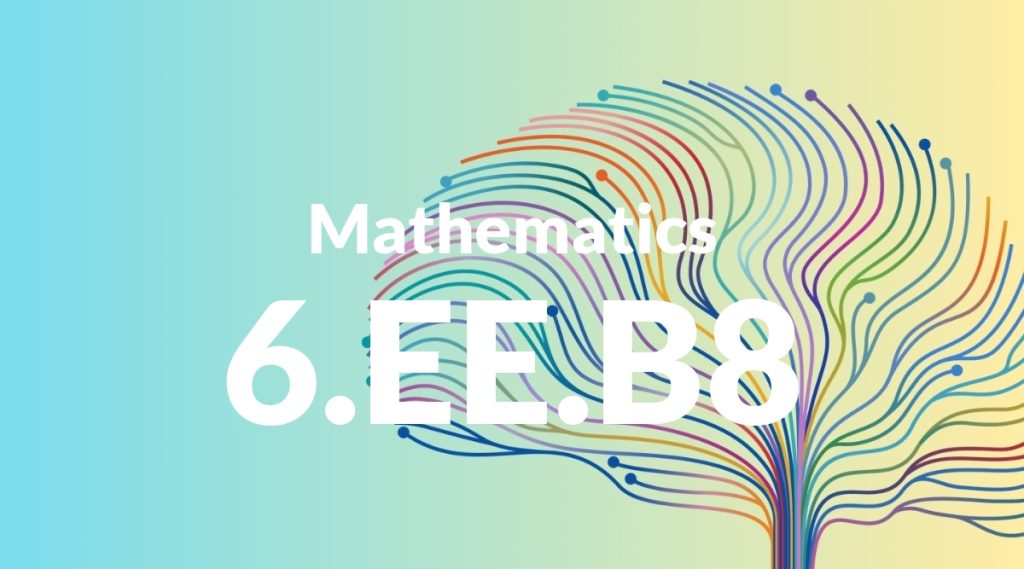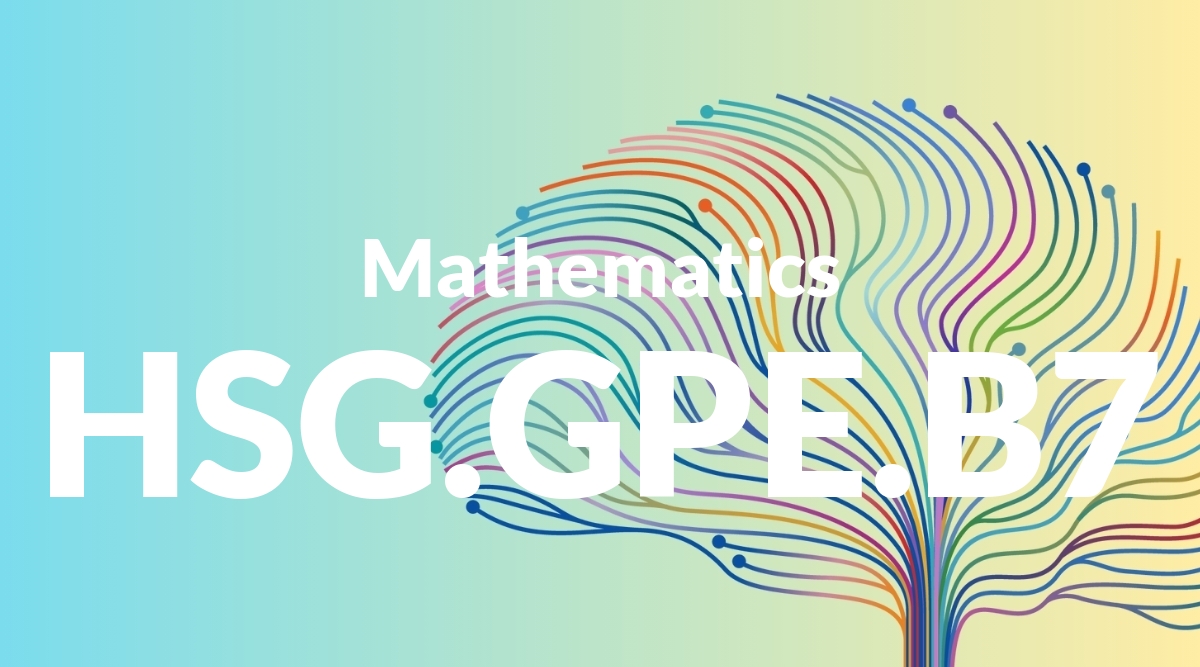Standard: 6.EE.B8 – Write an inequality of the form x > c or x < c to represent a constraint or condition in a real-world or mathematical problem. Recognize that inequalities of the form x > c or x < c have infinitely many solutions; represent solutions of such inequalities on number line diagrams.
Grade level: Grade 6
Subject: Mathematics
Domain: Expressions & Equations
Teacher Overview
This standard focuses on teaching students to write and understand inequalities, which are essential for representing constraints and conditions in both real-world and mathematical problems. Mastering this concept is crucial as it lays the foundation for more advanced algebraic topics. Ensure students have a solid understanding of basic algebra, including variables and simple equations, and are comfortable using number line diagrams.
Students will progress to solving more complex inequalities and systems of inequalities, preparing them for advanced algebraic concepts in higher grades.
Common Misconception 1
A common misconception is that inequalities have only one solution like equations. This is incorrect because inequalities represent a range of values that satisfy the condition.
Intervention 1
To address this, use number line diagrams to visually demonstrate that inequalities encompass many possible solutions.
Common Misconception 2
Another misconception is confusing the direction of inequality symbols. Students might think ‘>’ means ‘less than’ and ‘<' means 'greater than'.
Intervention 2
Use mnemonic devices and consistent practice to help students correctly interpret inequality symbols.
Prerequisite Knowledge
Students should be familiar with basic algebraic concepts, including understanding variables and simple equations. They should also be comfortable with number line diagrams and basic arithmetic operations.
Subsequent Knowledge
After mastering this standard, students will be able to solve more complex inequalities and systems of inequalities. They will also be equipped to handle algebraic expressions and equations involving inequalities in higher grades.
Instructional Activities
- Create number line diagrams to represent solutions of inequalities.
- Use real-world scenarios to write and solve inequalities.
- Group activities to solve and graph inequalities on number lines.
- Interactive games to practice identifying and solving inequalities.
- Worksheets focusing on writing and interpreting inequalities.




